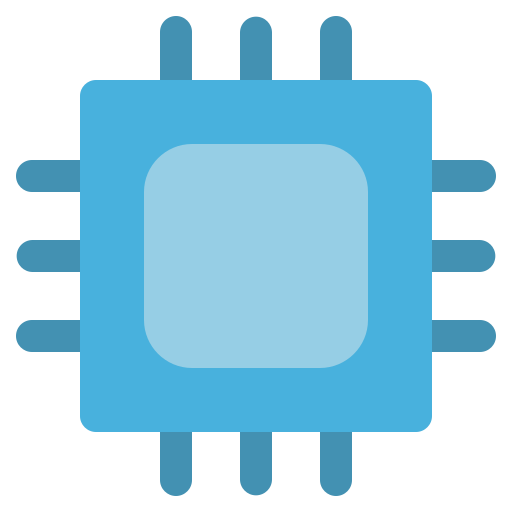

Yeah, I’ve considered VR for a long while, but between the already existing headaches, and the Linux related headaches I’ve heard of, I’ll just wait until I’m retired for VR space games, VR racing, and VR porn. Hopefully it’ll get better before I’m dead.








This is the real answer. In this day and age where a 16gb USB stick can be had for literally $5usd on Amazon, it would be silly not to have a few kicking around. I don’t think any Linux distro live environment media requires more than 16gb, and it’s more than enough for updating a bios. I even used one to update the infotainment system in my vehicle last week. Kind of a necessary tool.